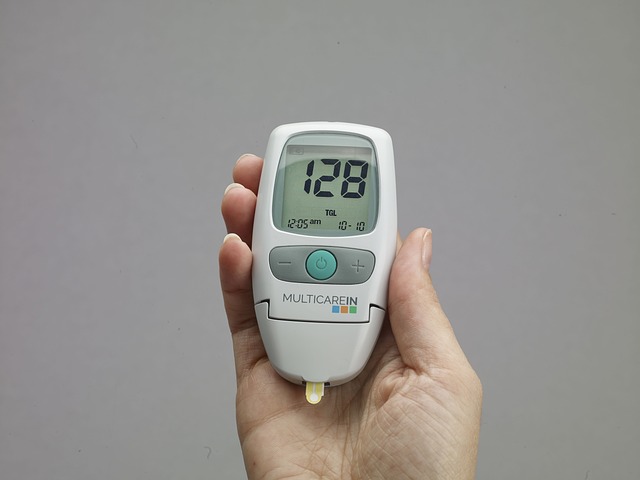As a geriatric pharmacist, I’m always on high alert for the prescribing cascade. I outline my top 5 examples of the prescribing cascade in diabetes care in this article.
Metformin and Loperamide
Metformin has been the go-to first-line agent of choice for years. There are numerous people taking this medication. One of the major adverse effects is diarrhea. I’ve seen patients taking OTC loperamide to combat this adverse effect and did not recognize that the problem originated from the metformin. When you see an order for an anti-diarrheal agent, assess the other medications to ensure that it isn’t an adverse effect.
SGLT-2 Inhibitors and Antifungal/Antibiotic Treatment
Because the SGLT-2 Inhibitors increase the amount of glucose in the urine, they create a friendly environment for the growth of bugs. Fungal and bacterial genitourinary infection risks will go up with the use of these agents. When you see drugs that treat UTIs (i.e. Bactrim, nitrofurantoin, etc.) or fungal infections (i.e. fluconazole), you must recognize that this problem may be due to the drug’s mechanism of action. (This is definitely an example that can show up on your board certification exam!)
SGLT-2 Inhibitors and Ditropan
The SGLT-2 inhibitors can increase urinary outflow. This is exacerbated by patients taking concurrent diuretics. In one such case of the prescribing cascade, the diabetes agent empagliflozin increased urinary frequency to the point of the prescriber adding oxybutynin to try to manage the patient’s symptoms. The provider did not recognize the potential of empagliflozin to cause urinary frequency.
GLP-1 Agonist and Ondansetron
Nausea is a very common adverse effect of the GLP-1 agonists like semaglutide, liraglutide, and dulaglutide. We must be alert to look for these medications when patients complain of nausea. The higher the dose and more aggressive the titration will lead to a greater percentage of patients experiencing this problem. Ensure that we are addressing this adverse effect potential to avoid adding an agent like ondansetron to try to “treat” the adverse effects.
Pioglitazone and Diuretics
Pioglitazone is not used very often due to its weight-positive effects. However, it is well known to contribute to edema and increase the risk for heart failure symptoms. Ensure that we are not managing this adverse effect with diuretics and contributing to the prescribing cascade.
What other examples of the prescribing cascade have you seen in diabetes care?



Very beneficial information. Thank you so much.
Very informative. Thanks